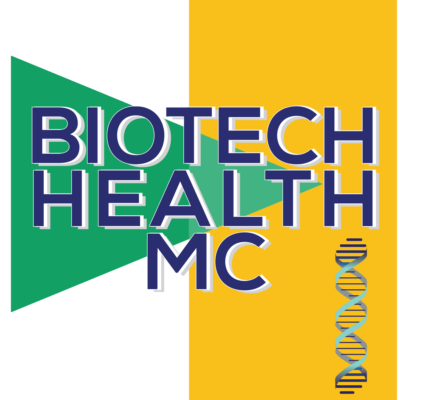Using Aptamers in Vaccine Innovation for 2020

Blog Post by: Lawrence Jones, Ph.D.
In these times of the COVID-19 pandemic there is a race to find cures and vaccines throughout the world get control of the viral threat. According to Marketwatch (April 9, 2020) they report that 21 companies are working tirelessly on coronavirus treatments or vaccines. I am not going to review those 21 company vaccine efforts however, the link below in the references has been provided. More so I am touching on the use of aptamers in vaccine development and pharmaceutical therapy in times such as this. With time being of the essence for faster production of vaccines and other pharmaceuticals, aptamer use in vaccine technology has emerged among topics of discussion. From what I understand, aptamer technology has been around for decades but in the recent decade it was been used more in the development of vaccine technology.
The use of aptamers has attracted the attention of many scientists that are seeking customized ways that would otherwise takes perhaps a year or years to develop in an antibody production. “Aptamers are oligonucleotides, such as ribonucleic acid (RNA) and single-strand deoxyribonucleic acid (ssDNA) or peptide molecules that can bind to their molecular targets with high affinity and specificity due to their specific three-dimensional structures”( Song, 2012). Aptamers have all the general advantages of antibodies, but also have benefits of thermal stability, low cost production, and increasingly unlimited applications. Aptamers are known as alternatives to antibodies. Lui and associates (2020)point out in their recent publication that there are “two Korean patents that describe the use of RNA aptamers for inhibition of SARS viruses: patent (1) application (KR2009128837) identifies RNA aptamers as anti-SARS agents capable of binding to and inhibiting the double-stranded DNA unwinding of the SARS virus helicase; patent (2) application (KR 2012139512) describes RNA aptamers with distinct affinity for the nucleocapsid of SARS-CoV for potential pharmaceutical use.
Numerous analytical techniques, such as electrochemical, colorimetric, optical, and mass-sensitive methods, can be utilized to detect targets, due to convenient modifications and the stability of aptamers. Finally, several medical and analytical applications of aptamers are presented. In summary, aptamers are promising materials for diverse areas, not just as alternatives to antibodies, but as the core components of medical and analytical equipment
“Aptamers usually consist of 15 to 50 nucleotides and have an molecular weight ranging from 5 to 15 kDa.37” (Kaur, et. al, 2018). They have a low immunogenicity because nucleic acids are generally not recognized by the human immune system.Hidding (2016) points out that disadvantages of aptamers may be solved by using antibodies instead and choosing both in combination with aptamers in order to get synergistic effects could amplify each other’s strengths(p.17). Combinations of the two during this covid-19 viral threat could result in very promising therapeutics. Aptamers are an alternative to antibodies in many biological applications based on the literature.I highly encourage reading more about apatamers. More to come about the applications in the upcoming months and years.
References:
Baird, G. (2014) .Application of Aptamers in the Clinical Laboratory - Geoffrey Baird, MD, PhD https://www.youtube.com/watch?v=4FV9ECPICQc
Hidding, J. (2016). A therapeutic battle: Antibodies vs. Aptamers. Nanoscience master program, 1-20.
Kaur, H., Bruno, J. G., Kumar, A., & Sharma, T. K. (2018). Aptamers in the therapeutics and diagnostics pipelines. Theranostics, 8(15), 4016.
Lee, J. (April 9. 2020).These 21 companies are working on coronavirus treatments or vaccines here’s where things stand. https://www.marketwatch.com/story/these-nine-compa...
Liu, C., Zhou, Q., Li, Y., Garner, L. V., Watkins, S. P., Carter, L. J., ... & Albaiu, D. (2020). Research and development on therapeutic agents and vaccines for COVID-19 and related human coronavirus diseases.
Reinemann, C., & Strehlitz, B. (2014). Aptamer-modified nanoparticles and their use in cancer diagnostics and treatment. Swiss medical weekly, 144(0102).
Song, K. M., Lee, S., & Ban, C. (2012). Aptamers and their biological applications. Sensors, 12(1), 612-631
Wolter, O., & Mayer, G. (2017). Aptamers as valuable molecular tools in neurosciences. Journal of Neuroscience, 37(10), 2517-2523.
